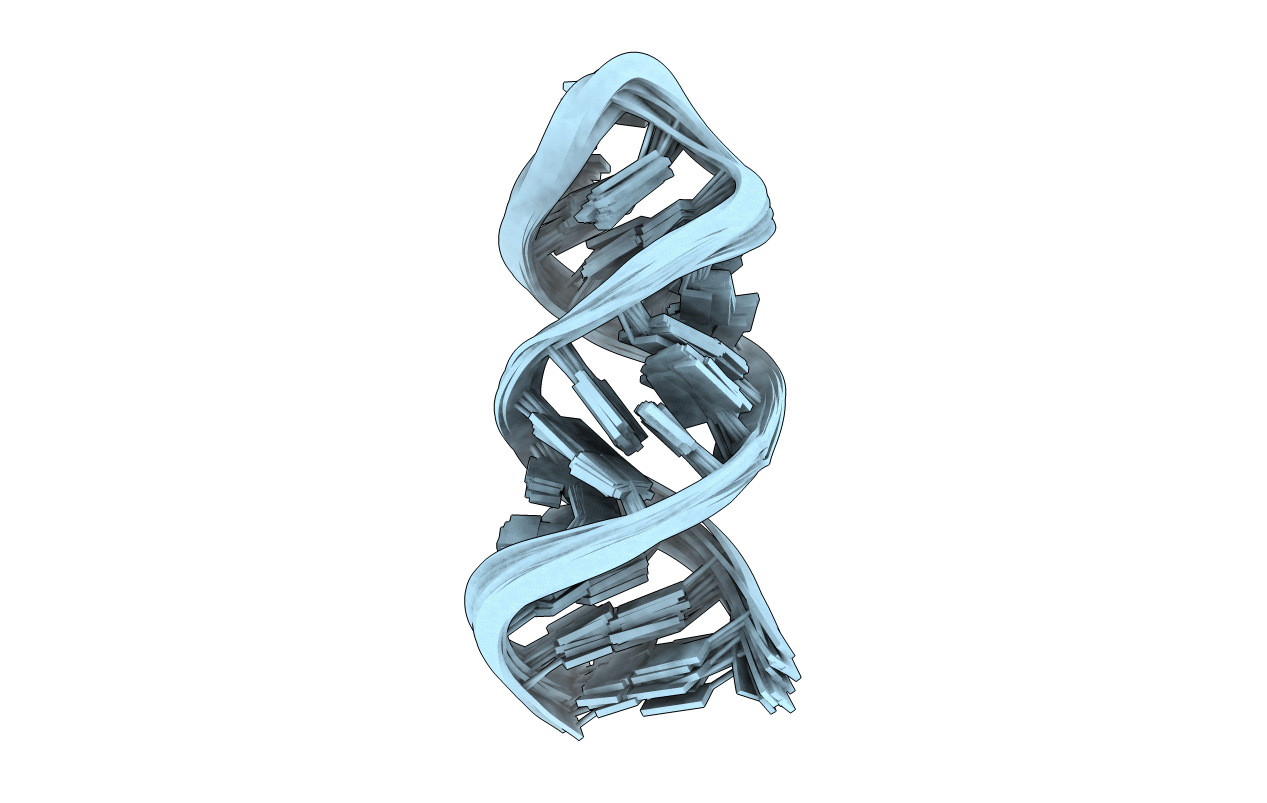
Deposition Date
2005-07-28
Release Date
2006-10-17
Last Version Date
2024-05-01
Method Details:
Experimental Method:
Conformers Calculated:
200
Conformers Submitted:
20
Selection Criteria:
structures with the lowest energy


